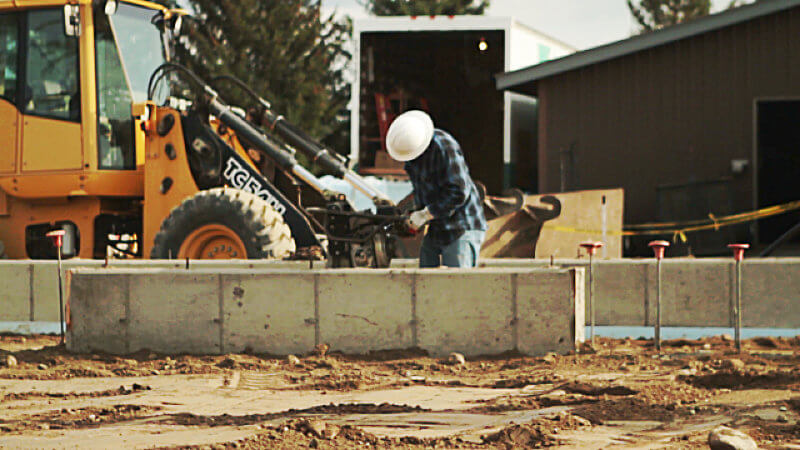The present perfect continuous tense is a versatile tense used to describe ongoing or unfinished actions that started in the past and continue into the present. In this lesson, we will explore the various uses of the present perfect continuous tense, including unfinished actions, habitual actions, "motionless" verbs, present results of past actions, and expressions of anger or concern. We will delve into examples and explanations to provide you with a solid understanding of this tense and how to use it effectively in your English communication. So, let's dive in and discover the intricacies of the present perfect continuous tense!

Form
- I have been gardening for two hours.
- He hasn't been studying?
- How long have you been working for the company?
Use
Unfinished actions

The present perfect continuous is used to talk about unfinished actions that continue into the present. The present perfect simple is used to talk about finished actions that are relevant in the present.
- He has been building that house for several months. He’s still building it. The action is not completed and is still ongoing. (An incomplete action)
- He has built a house. (A finished action)
- I have been studying all night for this exam. I need to study for a few more hours. (An incomplete action)
- I have studied all night for this exam. Now, I’m ready. (A finished action)
Instantaneous actions
The present perfect continuous is not usually used to talk about short or instantaneous actions, such as open, close, jump and kick. The present perfect simple is used instead.
- I have opened the window.
- He has jumped into the pool.
The present perfect continuous can be used to talk about repeated instantaneous actions.
- I have been opening the window every morning since the spring began.
- He has been jumping into the pool since we arrived.
Habitual actions
The present perfect simple and present perfect continuous can be used to talk about habitual actions that begin in the past and continue into the present. Examples of habitual actions include work, study, play and drive.
- I have worked in this company for five years.
- I have been working in this company for five years.
- I have studied here for two years.
- I have been studying here for two years.
- I have played the guitar since I was a child.
- I have been playing the guitar since I was a child.
“Motionless” verbs
“Motionless” verbs
The present perfect simple and the present perfect continuous are used to talk about “motionless” verbs
These situations begin in the past and continue into the present. Unlike habitual actions, they do not repeat. Examples of “motionless” verbs include live, stand, and wait.
- How long have you been living in New York?
- How long have you lived in New York?
- I have been living in New York for a year.
- I have lived in New York for a year.
- That elm tree has been standing there for a year.
- That elm tree has stood there for a year.
Temporary Actions
If a habitual action or long “motionless” verb is clearly temporary, the present perfect continuous is used.
- The refurbishment started a month ago. We’ve been working in this area of the building since then. We’ll be moving back to our offices once the refurbishment has been completed.
- I have been studying art since the summer began. I’m going back to university in September.
- I finished university a few months ago, I’ve been living with my parents since then. I hope to find a flat soon.

Present results of past actions
The present perfect continuous is used when the evidence of a recent activity remains in the present.
- He has paint on his hands. He’s been painting.
- His eyes are red and teary. He’s been crying.
- It smells like food in here. Have you been cooking?
The present perfect simple is used to talk about a completed past action that produces a present result.
- I have decorated my house with earthy tones. It has a relaxing feel to it now.
- The mechanic has repaired my car. I can drive to work now.
- It has rained a lot this spring. The countryside is lush and green now.
Occurrences that happen too often
The present perfect continuous is used to show anger or concern when recent occurrences happen too often.
- You haven’t been answering your phone. I’ve been trying to call you. (She’s angry.)
- You haven’t answered your phone. I’ve tried to call you today. You must have been busy. (She’s not angry.)
- My girlfriend hasn’t been calling. What’s wrong? Is she thinking about leaving me? (A reason to worry)
- My girlfriend hasn’t called. She might be busy. (Not a reason to worry).
- My dog hasn’t been eating. I might have to take it to the vet. (A reason to worry)
- My dog hasn’t eaten. I’ll feed it now. (Not a reason to worry
How long, for and since
The present perfect continuous is used to show anger or concern when recent occurrences happen too often.
- How long, for and since are used with both the present perfect simple and the present perfect continuous to talk about habitual actions and long “motionless” verbs that begin in the past and continue into the present.
- How long have you been studying art?
- I’ve been studying art for two years.
- I’ve been studying art since I finished high school.
- How long have you studied art?
- I’ve studied art for two years.
- I’ve studied art since I finished high school.
- How long has that statue been sitting there?
- It has been sitting there for a long time.
- It has been sitting there since the house was built.
- How long has that statue sat there?
- It has sat there for a long time.
- It has sat there since the house was built.
How long, for and since are usually with used the present perfect continuous when we talk about repeated short actions and unfinished actions that begin in the past and continue into the present.
- How long have you been deleting text messages?
- I’ve been deleting text messages since I woke up.
- I have been deleting text messages for four hours.
How long, for and since are usually used with state verbs that begin in the past and continue into the present.
- How long have you known about your wife’s affair?
- I’ve known about her affair for three months.
- I’ve known about her affair since I saw her having a romantic dinner with that man.
Overall, the present perfect continuous tense is a valuable tool for expressing ongoing actions, habitual actions, and the present effects of past actions in English.
Are interested in learning more about verb tenses. Check out the course description and syllabus.
If you've made up your mind, you can enroll now for these courses:
